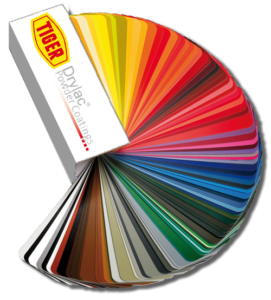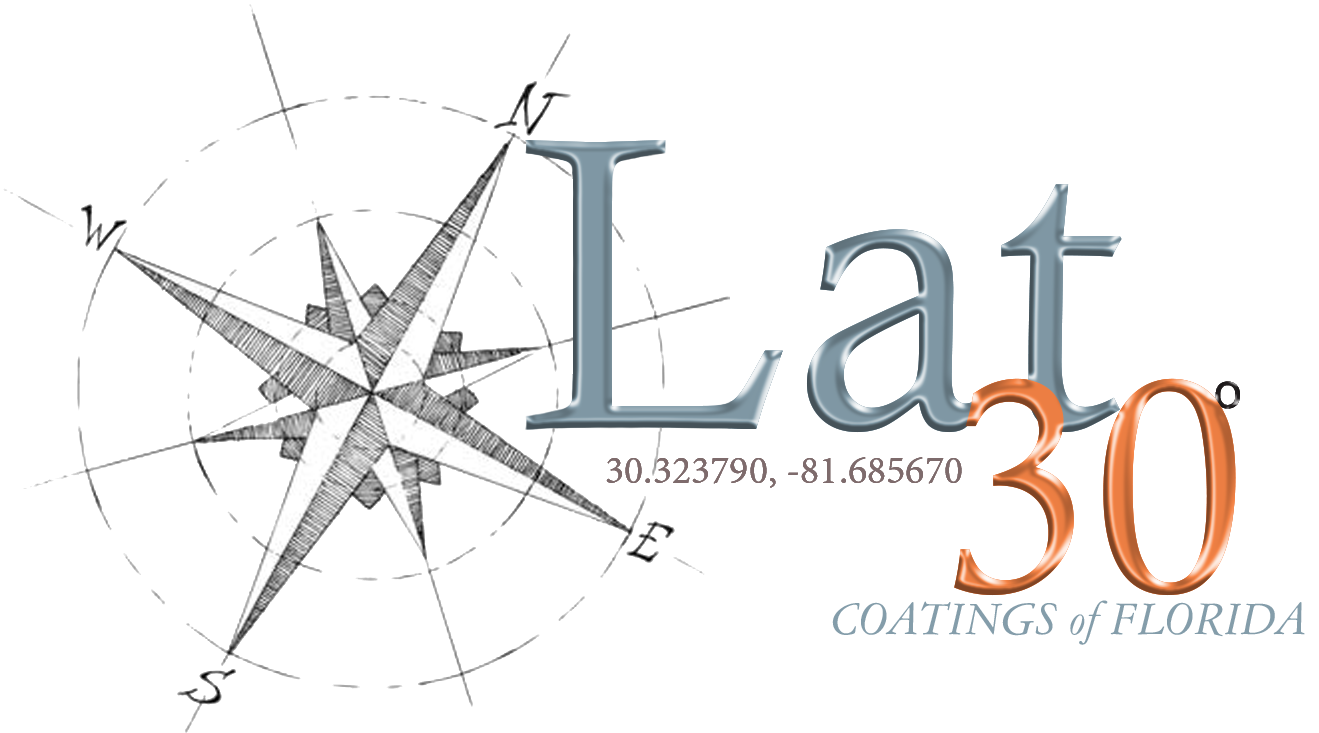Lat 30 Coatings is a Jacksonville, Florida-based, family-owned and community based business serving commercial and industrial business customers. We provide our customers with exceptional powder coating & sandblasting/ media blasting services with the quickest turn-around. We sandblast at our own facility, which enables us to keep the entire process in-house.
Lat 30 Coatings is focused on providing our customers with the highest quality powder coating services available in the region. Whether it’s a boat tower, storm shutter, commercial furniture or any Aluminum industrial equipment, Lat 30 provides first class powder coating finishes for all your items.
Please see below for just some of the items we service:
-
- Hand railings
- Gates
- Aluminum industrial equipment
- Boat Towers
- Automotive/Motorcycle Frames & Parts
- Lift Kits
- Commercial Furniture
- Trailers
- Machinists
- Stainless headers exhaust
- Bahama / Colonial / Storm Shutters
- T-Tops
- Ladders
- Swim platforms
- Bow Rails
Powder coating is a type of coating that is applied as a free-flowing, dry powder. The main difference between a conventional liquid paint and a powder coating is that the powder coating does not require a solvent to keep the binder and filler parts in a liquid suspension form. The coating is typically applied electrostatically and is then cured under heat to allow it to flow and form a “skin”. It is usually used to create a hard finish that is tougher than conventional paint. Powder coating is mainly used for coating of metals, such as household appliances, aluminum extrusions, and automobile and motorcycle parts.
Because powder coating does not have a liquid carrier, it can produce thicker coatings than conventional liquid coatings without running or sagging, and powder coating produces minimal appearance differences between horizontally coated surfaces and vertically coated surfaces. Because no carrier fluid evaporates away, the coating process emits few volatile organic compounds (VOC).
PART PREPARATION PROCESSES AND EQUIPMENT
Removal of oil, soil, lubrication greases, metal oxides, welding scales etc. is essential prior to the powder coating process. It can be done by a variety of chemical and mechanical methods. The selection of the method depends on the size and the material of the part to be powder coated, the type of soil to be removed and the performance requirement of the finished product.
In many high end applications, the part is electrocuted following the pre-treatment process, and subsequent to the powder coating application. This has been particularly useful in automotive and other applications requiring high end performance characteristics.
Another method of preparing the surface prior to coating is known as abrasive blasting or sandblasting. Blast media and blasting abrasives are used to provide surface texturing and preparation, etching, finishing, and de-greasing of products.
CURING
When a thermoset powder is exposed to elevated temperature, it begins to melt, flows out, and then chemically reacts to form a higher molecular weight polymer in a network-like structure. This cure process, called crosslinking, requires a certain temperature for a certain length of time in order to reach full cure and establish the full film properties for which the material was designed. Normally the powders cure at (390°F) for 10 minutes. The curing schedule could vary according to the manufacturer’s specifications. The application of energy to the product to be cured can be accomplished by convection cure ovens, infrared cure ovens.
SELECT FINISH
- Casts
- Glazed Tone
- Leatherette
- Metallics
- Rivers
- Solid Tone
- Textures
- Top Coat
- Two Coats
- Veins
- Wrinkles
Powder coating is a type of coating that is applied as a free-flowing, dry powder. The main difference between a conventional liquid paint and a powder coating is that the powder coating does not require a solvent to keep the binder and filler parts in a liquid suspension form. The coating is typically applied electrostatically and is then cured under heat to allow it to flow and form a “skin”. It is usually used to create a hard finish that is tougher than conventional paint. Powder coating is mainly used for coating of metals, such as household appliances, aluminum extrusions, and automobile and motorcycle parts.
Because powder coating does not have a liquid carrier, it can produce thicker coatings than conventional liquid coatings without running or sagging, and powder coating produces minimal appearance differences between horizontally coated surfaces and vertically coated surfaces. Because no carrier fluid evaporates away, the coating process emits few volatile organic compounds (VOC).
PART PREPARATION PROCESSES AND EQUIPMENT
Removal of oil, soil, lubrication greases, metal oxides, welding scales etc. is essential prior to the powder coating process. It can be done by a variety of chemical and mechanical methods. The selection of the method depends on the size and the material of the part to be powder coated, the type of soil to be removed and the performance requirement of the finished product.
In many high end applications, the part is electrocuted following the pre-treatment process, and subsequent to the powder coating application. This has been particularly useful in automotive and other applications requiring high end performance characteristics.
Another method of preparing the surface prior to coating is known as abrasive blasting or sandblasting. Blast media and blasting abrasives are used to provide surface texturing and preparation, etching, finishing, and de-greasing of products.
CURING
When a thermoset powder is exposed to elevated temperature, it begins to melt, flows out, and then chemically reacts to form a higher molecular weight polymer in a network-like structure. This cure process, called crosslinking, requires a certain temperature for a certain length of time in order to reach full cure and establish the full film properties for which the material was designed. Normally the powders cure at (390°F) for 10 minutes. The curing schedule could vary according to the manufacturer’s specifications. The application of energy to the product to be cured can be accomplished by convection cure ovens, infrared cure ovens.
SELECT FINISH
- Casts
- Glazed Tone
- Leatherette
- Metallics
- Rivers
- Solid Tone
- Textures
- Top Coat
- Two Coats
- Veins
- Wrinkles
Lat 30 Coatings uses only the best in powder coating materials. Tiger Drylec offers the world’s best & largest selection of custom colored powder coatings. Whatever color or texture you're looking for your project, we invite you to browse the vast selection that Tiger offers here.

We don’t just stock hundreds of colors, we carry gloss, semi-gloss, matte, metallic, textures, candy transparent, fluorescent one coat and two coat, hammertoe, dormant finishes, designer finishes, glitters, supper durable, rust finish, primers, epoxy, gloss clear coat, semi clear coat, matte clear coat, gloss clear coat with different color flakes, wrinkle finish. Come in with your project and let Precision Powder Coating work with you to find the perfect color! Look through our gallery of finishes to find one for your next project.
